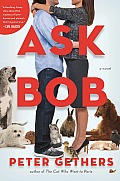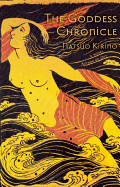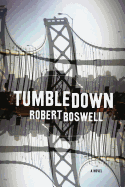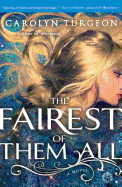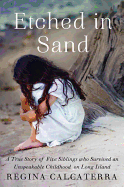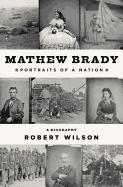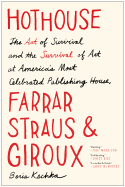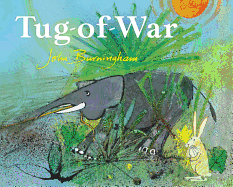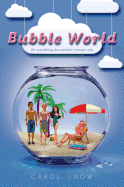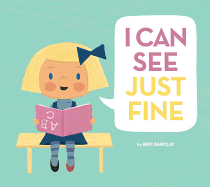_Peter_Yoon.jpeg) |
| photo: Peter Yoon |
Paul Yoon's first book, the story collection Once the Shore, was selected as a New York Times Notable Book and a Best Debut Fiction by National Public Radio and won the Asian American Literary Award and the 5 under 35 award from the National Book Foundation. In his debut novel, Snow Hunters (Simon & Schuster, $22), he uses spare, ethereal prose to tell the story of Yohan, a North Korean prisoner of war suffering from post-traumatic stress disorder who, rather than repatriate after the Korean War, emigrates to Brazil.
Snow Hunters takes place in extraordinarily different places: wartime Korea and a Brazilian port town. What challenges did you face when writing about these two settings?
The initial challenge was simply creating not just one but two places I knew nothing about. It always felt that I had one hand in Korea and the other in Brazil, constantly negotiating both as the story progressed and making sure they both felt distinct. A lot of what takes place in Korea is quite brutal and violent, both physically and emotionally, and there were times when it was difficult to shake that off. So to change gears, mentally, and head back to the port town was always a challenge. One trick was to set slightly different color palettes for each setting--the Korea sections are a bit more muted, blurry, and gray while the Brazil sections are sharper, brighter.
Many commonplace items--bicycles, coats, umbrellas--repeatedly appear. Tell us about their importance.
Because I was writing about two very distinct and different settings, it was important for me to create "bridges" that could connect both. One way to do that was to have these specific objects exist in both places. It became a great way to keep all these fractured narratives woven together. It was also a way for me to enter a mind that was attempting to recover from trauma: Yohan sees a bicycle for the first time in Brazil and it briefly triggers a long-buried memory; he finds an unfinished coat at the shop and it gives him that urge to work on it because he sewed clothes at the prison camp.
As for the umbrella, I liked the idea of opening the novel with Yohan clutching at something. He's a war veteran who's relying on this flimsy thing as his "armor" as he makes his way up the rainy town for the first time. There was an incredible sadness to that image, for me, one that showed his vulnerability. As the years go on, it becomes a reminder of how far he's come. It's also the thing that Bia, the Brazilian girl, gave to him--a gift, an act of kindness he holds on to.
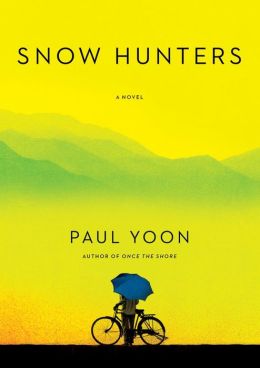 Most of the characters in the novel have remote chances of meeting each other: a Japanese tailor, a North Korean defector and two drifter children, all in Brazil. Why did you want these particular characters to interact?
Most of the characters in the novel have remote chances of meeting each other: a Japanese tailor, a North Korean defector and two drifter children, all in Brazil. Why did you want these particular characters to interact?
The reason is partly a selfish one. Inventing different characters and throwing them into a room and seeing what happens is fun, it's interesting, there's great potential for tension and energy and surprises as the narrative begins to take shape. So for a writer there's that basic desire on a craft level.
But in the end what made Yohan's friends in Brazil most interesting for me was that, no matter their differences, they all echo someone from Yohan's past life. I wanted the Japanese tailor to have traces of the Japanese shipbuilder from Yohan's childhood. The drifter children and that whole community become a mirror of the theater troupe. Peixe can be thought of as a version of Yohan's father. A love affair in Brazil holds similarities to one he had when he was younger. And so on. I liked thinking of all these people in Yohan's life reappearing in different forms and guises. It's a way for him to hold on to everyone he's lost, no matter how long it has been, no matter what he has gone through.
What research did you need to do to write this novel?
I had done a lot of research about Korea for my first book so that was all still very fresh in my mind. I read a bit about Brazil, especially its Japanese immigrant communities, to get a sense of what was going on during those decades, but I confess not a whole lot of it really ended up going into the book. What research I did was more a way to get a sense of the environment, the tone and mood of those years, etc. It was enough to get me going. I did, however, study a lot of photographs of Brazil--that was a lot of fun, to think of colors and architecture, what kind of windows, etc., but again all this was more a way to get a general sense of things.
I might be in the minority with this, but as a fiction writer I never feel the obligation to be 100% accurate about everything. Part of the greatness of fiction, for me, is that it allows us to see the world in all these altered lights. So knowing I was creating, from scratch, an entirely fictional POW camp as well as an entirely fictional Brazilian port town was ultimately thrilling and freeing. And I ran with it.
The first draft of Snow Hunters was more than 500 pages, and the final version is just 194. What was the reason for the reduction in length, and how did it change the novel?
The reason is that it's simply my writing process; I don't know any other way to write. The early drafts of the stories in my first book were oftentimes very long, almost all of them three times the length of their final form. So to have an early draft of the novel be about 500 pages seemed natural to me. My drafts tend to be over-detailed and tediously bloated with every little thing, whether it has to do with character, setting, the narrative--it's just my way of stumbling through the forest, stopping to smell one too many roses. Yes, it's slow, it's arduous, but again, I don't know any other way to write.
I will say, however, that I knew from the start that I wanted to create a small, focused story. So I trusted that, trusted myself. Cutting limbs off the book gave it more breathing room, more air. A lot happens offstage, allowing, I hope, the reader to imagine more. Also, I always knew I wanted to write a novel that dealt with PTSD. So it was ultimately about how to tackle that in various ways, not only on the character level but in the book's structural level. --Kristin McConnell, publishing assistant, Shelf Awareness
Paul Yoon: The Path to a Focused Story
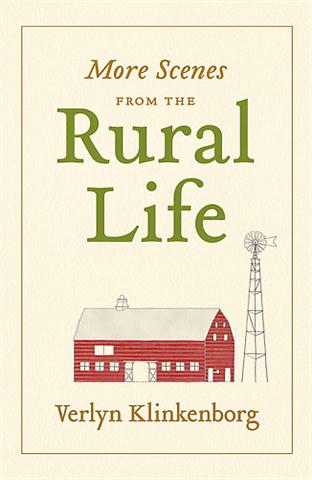 Occasionally, we feel the need to simply excerpt a book we delight in. Upstate New Yorker Verlyn Klinkenborg has been writing a column, "The Rural Life," for the New York Times since 1997, where it quickly became beloved. Princeton Architectural Press has just published More Scenes from the Rural Life ($24.95), 173 of his best pieces since the last collection. It's graceful, poetic, sharp--and rewards both a straight-through reading and dipping into dates according to season.
Occasionally, we feel the need to simply excerpt a book we delight in. Upstate New Yorker Verlyn Klinkenborg has been writing a column, "The Rural Life," for the New York Times since 1997, where it quickly became beloved. Princeton Architectural Press has just published More Scenes from the Rural Life ($24.95), 173 of his best pieces since the last collection. It's graceful, poetic, sharp--and rewards both a straight-through reading and dipping into dates according to season.


_Peter_Yoon.jpeg)
 Most of the characters in the novel have remote chances of meeting each other: a Japanese tailor, a North Korean defector and two drifter children, all in Brazil. Why did you want these particular characters to interact?
Most of the characters in the novel have remote chances of meeting each other: a Japanese tailor, a North Korean defector and two drifter children, all in Brazil. Why did you want these particular characters to interact?
